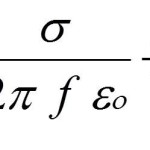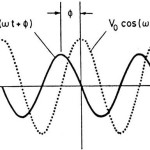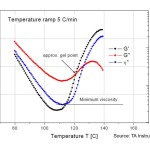Thanks to our loyal readers who have been coming to our blog. We have developed two eBooks from our blog topics. We are excited to announce that we now are offering sales of these eBooks through our eBook Store. The first two titles are (click on the image or the link to get more details): Introduction to Biopolymers and ... [Click to Continue...]
Dielectric Cure Monitoring Part 3: Isothermal Curing
In the previous post we discussed the importance of the ionic conductivity as a useful probe of thermoset cure. In the equation on the left, one observes that the dielectric loss factor, e” is proportional to the ionic conductivity, s. The term e”d represents the combined (or lumped) contributions from all dipoles in the curing system. This relationship forms the basis for ... [Click to Continue...]
Dielectric Cure Monitoring Part 2: Relationships Between Dielectric Measurements and Curing
In the last post we discussed the background work that led to my interest in evaluating if the dielectric response during curing was related to the rheological response. We showed that the equations for both measurements were similar. In this post we will highlight some important differences in the two measurements and show how the similarities can also be ... [Click to Continue...]
Dielectric Cure Monitoring Part 1: Background
In previous posts we discussed how rheological techniques can be used to characterize the viscosity changes during thermoset curing. Dynamic parallel plates provide a means to measure the complex viscosity during either isothermal or non-isothermal cure profiles. When I was at IBM my rheology work was focused on understanding the chemorheology during the lamination process ... [Click to Continue...]
Free Agent Nation: Are you a Member?
Happy New Year and Best Wishes for a Prosperous 2015 I read an very interesting article over the weekend in Fortune Magazine (January 2015) titled “Start-up: You.” The premise of the article is that employment as we have known it had fundamentally changed. Additionally, the way on progresses in your career is also different. Gone are the days of corporations guiding you ... [Click to Continue...]



